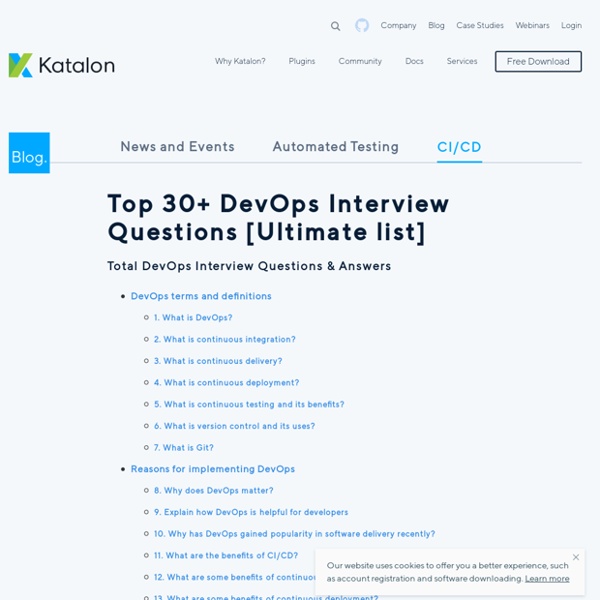Best Strategies to Implement for Your Team
In today’s rapidly changing world, software products need to be upgraded frequently and quickly to bring value to customers and users. Software features are continuously developed, tested, deployed, and operated in the production environment. New features are not only developed and tested successfully, but they also deployed and operated without much chaos and disruption.
What to Consider Before Applying CI/CD
Continuous integration and continuous delivery (CI/CD) is a complex part of any development cycle. It involves continuously integrating code into a shared repository to keep code progression amongst a team of developers running smooth and steady. This helps prevent merging errors, duplicated efforts and promoting collaboration to create a better product. That code is then thoroughly and continuously tested to keep problems from arising. From there, the code is then deployed to production to be continuously delivered to the live environment. As the CI/CD pipeline has many steps and continuously runs throughout the development cycle, that complexity can cause many headaches.
Research Done For You (2019 Updated)
The third wave of test automation brings about more concepts in software delivery – one of which is ‘continuous testing.’ However, mastering continuous testing is difficult; choosing the right continuous testing tool is even more overwhelming. Using the right tool is incredibly beneficial to your software testing and delivery success. We compiled a list of 10 most popular continuous testing tools (ranked in no particular order) that are currently in the market. Under each tool, we analyzed the features and possible drawbacks based on certain criteria, including types of supported test, learning curve, used programming language, continuous testing support, CI/CD ecosystem support, breakthrough features, and so on.
What are Microservices? A Complete Introduction for Beginners
Microservices are a type of architectural style for building software that has been gaining popularity. The concept was first introduced at a tech conference in 2011 and has been adopted by many Agile enterprises such as Netflix, Amazon, Uber, SoundCloud, Groupon, eBay, to name a few. So, what are microservices? What are the benefits of microservices? And why are so many large enterprises have been implementing this method into their DevOps and continuous testing strategies?
Top 10 Benefits of Continuous Integration & Continuous Delivery
Continuous Integration (CI) allows you to continuously integrate code into a single shared and easy to access repository. Continuous Delivery (CD) allows you to take the code stored in the repository and continuously deliver it to production. CI/CD creates a fast and effective process of getting your product to market before your competition as well as releasing new features and bug fixes to keep your current customers happy.
Apply Shift-Left Testing Approach to Continuous Testing
As the demand to release quality software products in the short amount of time continues to accelerate, Agile and DevOps teams have to adopt new approaches to avoid falling behind. Continuous testing and shift-left testing are two breakthrough solutions in this modern era of software delivery. In this blog, we will walk you through these two notions, their benefits, and how to implement them into your software development life cycle (SDLC).
What is Regression Testing? Definition, Tools & How to Get Started
What is regression testing? Regression testing is a software testing practice that ensures an application still functions as expected after any code changes, updates, or improvements. Regression testing is responsible for the overall stability and functionality of the existing features.
Continuous Delivery vs. Continuous Deployment: Where to draw the line?
You’ve likely heard of the term CI/CD pipeline. You have probably known about these practices: continuous integration, continuous delivery, and continuous deployment as well. But the uncertainty remains: What are the differences between continuous delivery and continuous deployment? Which one should you apply to your CI/CD pipeline?
CI/CD Pipeline: What, Why & How to Build The Best One
On this page: To gain full potential of the software development workflow, developers today must familiarize themselves with the best workflows, practices, and tools. Fast software production is no longer enough to win today’s technology marketplace. Deployments have to be faster, more reliable, and more accurate than the competitors. A sturdy CI/CD pipeline is the solution to this challenge.
Best 14 CI/CD Tools You Must Know
“Quality at Speed” is the new norm in software development. Enterprises are making their moves toward DevOps methodologies and Agile culture to accelerate the delivery speed and ensure product quality. In DevOps, a continuous and automated delivery cycle is the backbone that makes fast and reliable delivery possible. This results in the need for proper continuous integration and continuous delivery (CI/CD) tools.



